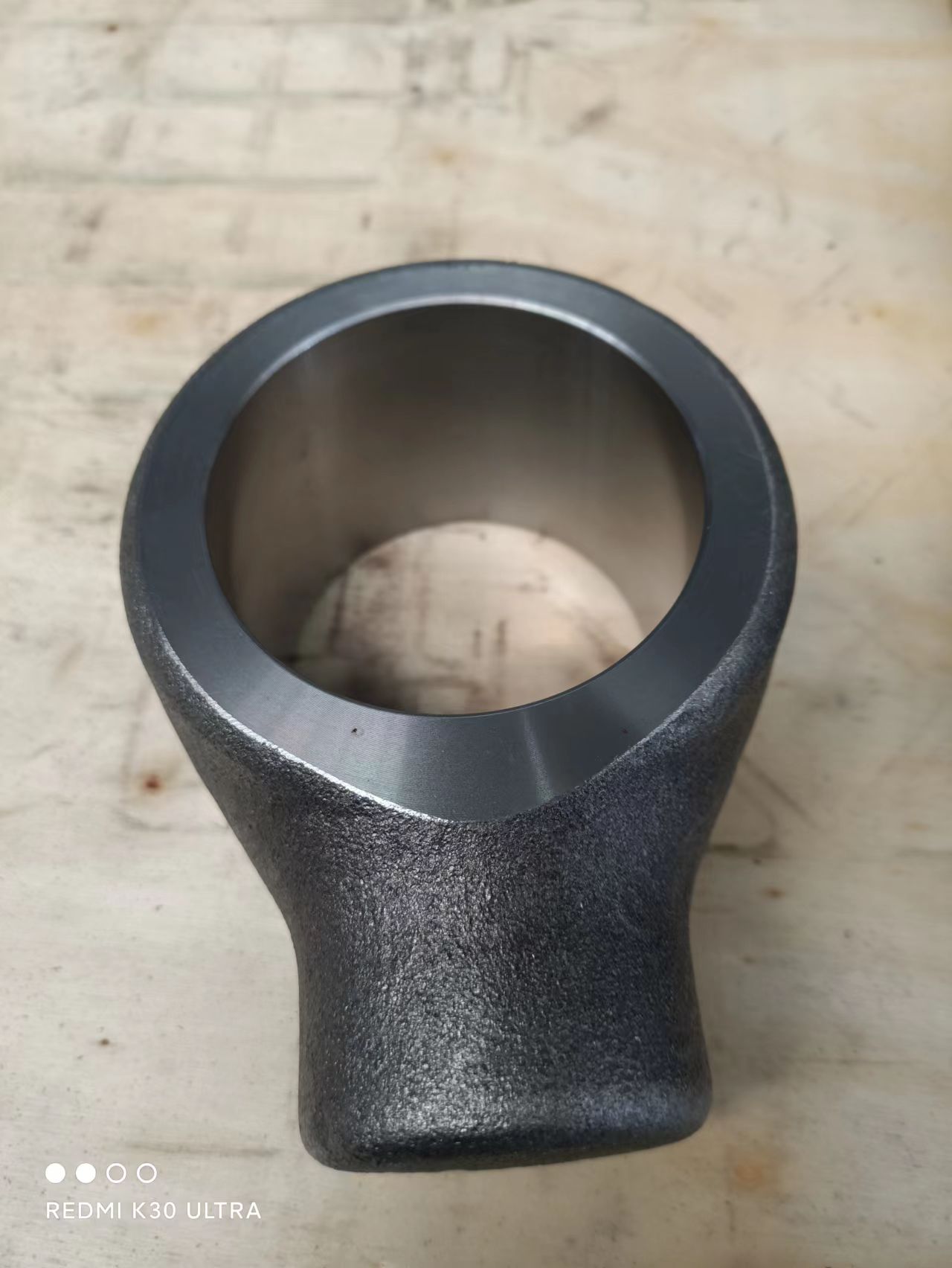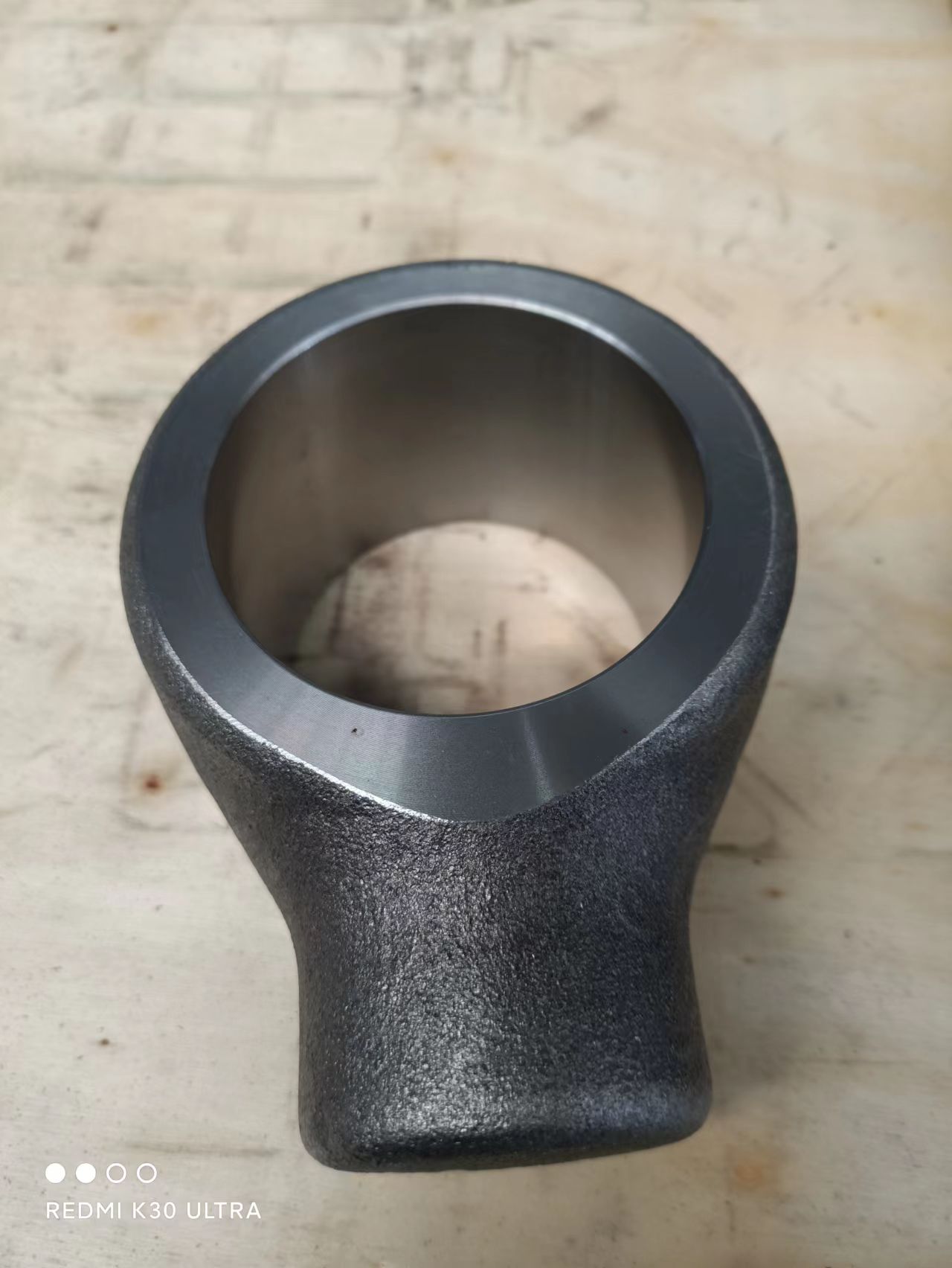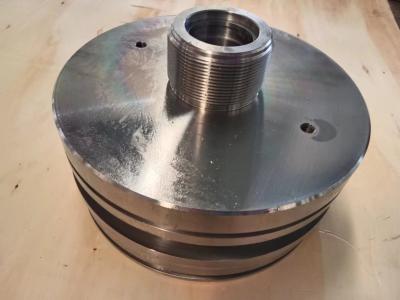On Sale Cylinder Head Products
The cylinder head is forged with double die hollow space, as a way to keep materials, enhance processing quality and production efficiency.
The cylinder head produced via our baohua business enterprise can be made of different substances in line with purchaser necessities. substances consisting of 45 #, 40cr, 30crmo, 35crmo, 42crmo, 18crnimo7-6, and so on. further, baohua agency has independently developed the double hollow space forging procedure, which could greatly enhance the forging efficiency and reduce the blanking weight, and in the long run gain the intention of value saving. forging is achieved on distinct forging equipment devices according to special weights. the weight of solid products can attain 6kg-500kg. forging needs to be completed through heating, pre forging, forming, trimming and other procedures.

Classification by processing temperature
Forgings can be divided into cold forging warm forging and hot forging according to the temperature of the blank during processing. Cold forging is generally processed at room temperature, while hot forging is processed at a temperature higher than the recrystallization temperature of the metal blank. [1-2]
Classification by structure
The difference in the complexity of the forging geometry structure determines that the die forging process and die design are obviously different. It is a necessary prerequisite for process design to define the forging structure type. In the industry, general forgings are divided into 3 categories, and each category is subdivided into 3 groups, a total of 9 groups.
Type I - forgings formed with the main axis vertically placed in the die chamber and with similar horizontal two-dimensional dimensions (mostly round/revolving bodies, square or approximate shapes). Upsetting steps are usually used for die forging of such forgings. According to the difference of forming difficulty, it is subdivided into 3 groups.
Group I-1: forgings formed by upsetting and slightly pressing, such as gears with little change in height between hub and rim.
Group I-2: forgings formed by extrusion and slightly upsetting, as well as extrusion, pressing and upsetting, such as universal joint fork, cross shaft, etc.
Group I-3: forgings formed by composite extrusion, such as hub shaft.
Type II - Straight long shaft forgings with long horizontal dimension and the main axis horizontally placed in the die chamber for forming. It is subdivided into 3 groups according to the difference degree of the sectional area of the vertical main axis.
Group II-1 forgings with little difference in sectional area of vertical main axis (the ratio of the maximum sectional area to the minimum sectional area is less than 1.6, and other equipment can be used for blank making).
Ⅱ - 2 group of forgings with large difference in sectional area of vertical main axis (the ratio of maximum sectional area to minimum sectional area is>1.6, and other equipment is required to make blanks in front), such as connecting rod.
For forgings whose ends (one end or both ends) are fork shaped/branch shaped in Group II-3, in addition to determining whether blank making is required according to the above two groups, pre forging steps, such as casing fork, must be reasonably designed.
Class I and II forgings are generally plane parting or symmetric surface parting, and asymmetric surface parting increases the complexity of forgings.
Class III - Forgings formed by bending the main axis and lying in the die chamber. It is subdivided into 3 groups according to the main axis trend.
The main axis of group III-1 is bent in the vertical plane (the parting surface is a curved surface with gentle undulation or with drop), but the plan view is a straight long shaft (similar to Category II), and it is generally unnecessary to design special bending steps to form forgings.
Ⅲ - 2 group of forgings whose main axis is bent in a horizontal plane (the parting surface is generally a plane) and can only be formed by arranging bending steps.
Group III-3 forgings whose main axis is spatial bending (asymmetric surface parting).
There are also forgings with two or three types of structural features and higher complexity, such as most automobile steering knuckle forgings.







